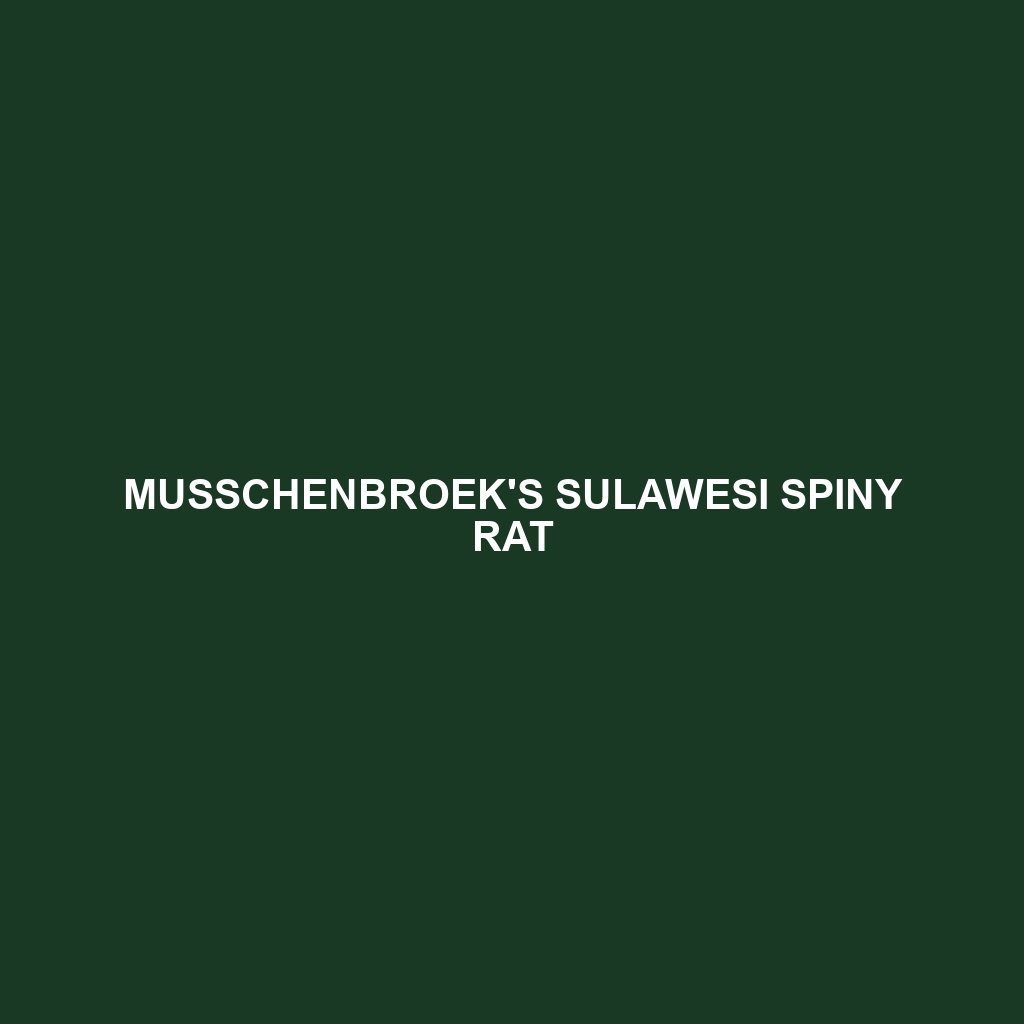Upemba White-toothed Shrew
Common Name: Upemba White-toothed Shrew
Scientific Name: Crocidura upembaensis
Habitat
The Upemba White-toothed Shrew is primarily found in the Upemba National Park in the Democratic Republic of the Congo. This species inhabits a range of environments, from lush montane forests to grasslands, typically favoring moist areas with dense vegetation. The combination of tropical climate and rich biodiversity in this region provides an essential habitat for the Upemba White-toothed Shrew.
Physical Characteristics
The Upemba White-toothed Shrew is a small mammal, measuring approximately 8 to 12 cm in body length, with a tail length nearly equal to its body. Its fur is typically soft and dense, exhibiting a gray-brown coloration that blends well with its forest floor habitat. Notable features include its pointed snout and distinctive white teeth, which lend the species its common name. The size and coloration of this shrew contribute to its ability to camouflage effectively in its surroundings.
Behavior
Typically, the Upemba White-toothed Shrew is a solitary and nocturnal creature, actively foraging during the night. Its agility allows it to navigate through dense underbrush with ease, and it demonstrates a keen sense of smell to locate prey. Interestingly, the Upemba White-toothed Shrew is known for its quick movements and vocalizations, which can include high-pitched squeaks when threatened. These behaviors are critical for survival and play a significant role in its interactions with the environment.
Diet
The Upemba White-toothed Shrew primarily feeds on a diet rich in invertebrates, including insects and worms, which it hunts with agility and precision. Additionally, it may consume small vertebrates and plant matter, showcasing opportunistic feeding habits. Its role as a predator of various small invertebrates makes it a crucial element in maintaining ecological balance within its habitat.
Reproduction
Breeding for the Upemba White-toothed Shrew typically occurs in the warmer months. Females have been observed to give birth to litters of 3 to 6 offspring after a gestation period of about 30 days. The young are born blind and hairless, relying heavily on their mother for nourishment and protection during the first few weeks of life. This reproductive strategy ensures that the species maintains its population amidst environmental pressures.
Conservation Status
The conservation status of the Upemba White-toothed Shrew is currently classified as vulnerable due to habitat loss from deforestation and human encroachment. Conservation efforts are essential to protect its remaining habitat and ensure the survival of this unique species.
Interesting Facts
– The Upemba White-toothed Shrew is often considered a reclusive creature, making sightings rare but special for wildlife enthusiasts.
– Its white teeth are not only a distinctive physical feature but also play a role in its survival by allowing it to efficiently process its prey.
Role in Ecosystem
As a small mammal within its ecosystem, the Upemba White-toothed Shrew plays a vital role in controlling insect populations and serving as prey for larger predators. Its foraging aids in the decomposition process, contributing to nutrient cycling in its habitat. By being part of the food web, it enhances biodiversity and supports the overall health of its ecosystem.
